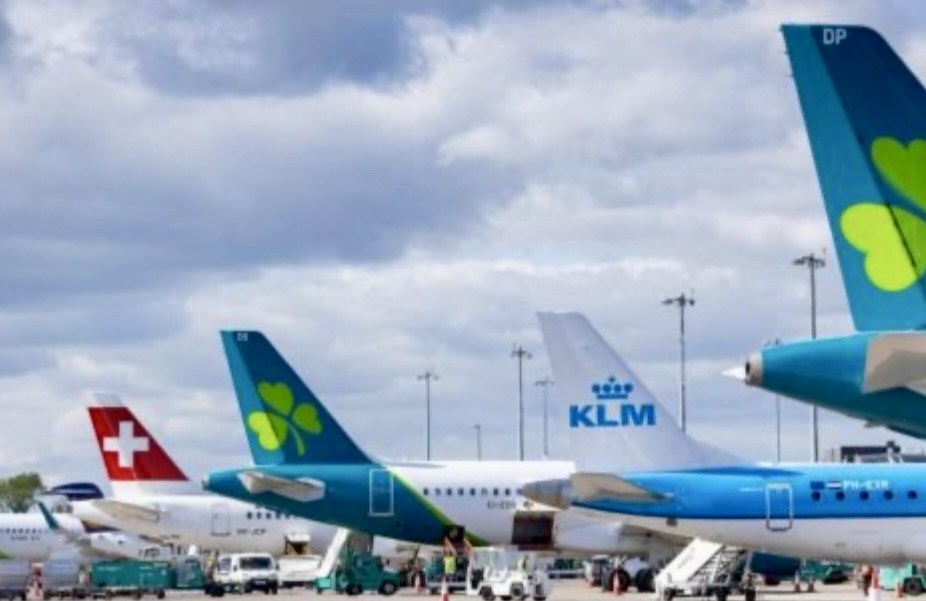
Aviation training and simulation company, CAE, has released its 2025 Aviation Talent Forecast. It presents a comprehensive 10-year outlook for global civil aviation workforce needs, emphasising the urgent demand for skilled professionals across four key roles: pilots, cabin crew, aircraft maintenance technicians, and air traffic controllers. The report estimates that 1.465 million new aviation professionals will be required by 2034 to meet industry growth, replace retiring personnel, and address attrition.
Forecasted Demand by Role:
This demand is driven by a projected 35% increase in commercial aircraft fleets (from 33,000 to 44,000 aircraft) and a 19% growth in business jets. Passenger numbers are expected to reach 5.2 billion this year, a 6.7% increase from 2024, while cargo volumes will rise to 72.5 million tonnes, up 5.8%.
Fleet Expansion is one of the key drivers of demand. Airlines and business aviation operators are increasing aircraft orders to meet rising travel demand, especially in emerging markets like India and Southeast Asia. In addition, a significant portion of the current workforce is nearing retirement. For example, the FAA projects 4,300 pilot retirements annually in the U.S. alone. Globally, 129,000 pilots are needed to replace retirees, and 138,000 more for growth. High dropout rates, especially in air traffic control (30% in the U.S.), and barriers such as cost, duration, and emotional demands hinder talent pipeline development.
Asia-Pacific is a major growth region, with India alone needing 20,700 pilots over the next decade. North America remains dominant in business aviation, with 66% of the global fleet. Europe and Southeast Asia report significant shortages in air traffic controllers.
Article by Mark Dwyer Flying Ireland